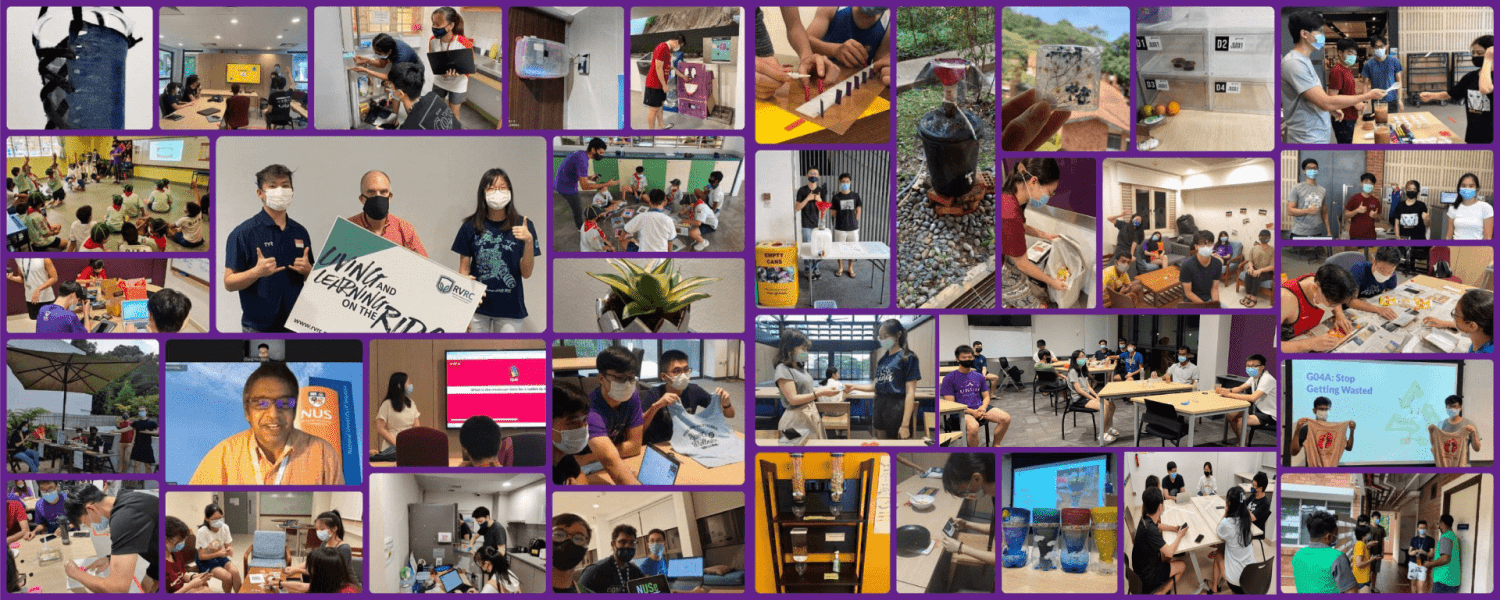Kim Seok Kyu, Kwek Jing Yi, Lin Hou-Chun, Liu Zimu, Vegi Manas
Academic Advisor: Dr. Florence Ng
Singapore is currently facing 100% light pollution (Robert, 2016). Excessive artificial light at night leads to light pollution which endangers biodiversity by distorting animals’ night habits like reproduction and migration (Hölker, Wolter, Perkin, & Tockner, 2010). Previous research done by G.Eisenbeis and Hanel (2009) covered how the type of light source and the spectrum of light would affect the insects’ behaviour towards artificial light sources but there is little research done on the effects of how light orientation will affect the insects’ behaviour. The objective of our group is to replace RVRC lights to a more insect-friendly light. We will be investigating the objective by experimenting the combination of colour of light and orientation of light source that will have the least impact on insects. The aim of the project is to test the different light colours- white, blue and amber and the different orientation of light source upwards, downwards and downwards (cone shape). The prototype will trap the insects that are attracted to the light bulb and the number of insects trapped will be counted. Lesser number of insects trapped will indicate that the combination is less harmful. From our experiments, we have found that the light orientation of downwards (cone shape) and white colour light has the least number of insects trapped on the sticky tapes. Therefore, we can conclude that the combination of downwards (cone shape) and white light is the least harmful to the insects.
Keywords: Ecosystems, Insects, Light pollution
